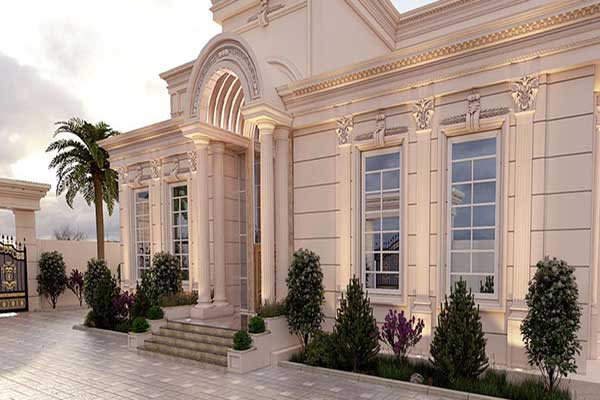
Travertine stone, with its warm hues and distinctive textures, has long been cherished for its natural beauty and versatility in both residential and commercial settings. This sedimentary rock, formed by mineral deposits from hot springs, offers a unique aesthetic appeal that can complement a variety of design styles. From the ancient baths of Rome to modern luxury homes, travertine’s enduring appeal lies in its ability to add depth and character to spaces. This article delves into the aesthetics of travertine stone, focusing on its applications in laminated forms and as a choice material for coffee tables, showcasing how this natural stone can elevate the elegance of any interior design scheme.
What is Laminated Travertine Stone? Laminated travertine stone is a versatile and innovative application of traditional travertine, where thin layers of the stone are bonded to different substrates like glass, porcelain, or other stone materials. This process enhances the stone’s strength and durability while maintaining its natural beauty. Laminated travertine is often used in areas where solid travertine might be impractical due to weight or cost constraints. It offers a lightweight solution without compromising on aesthetics, making it ideal for wall claddings, flooring, and decorative accents. The lamination process also allows for backlighting possibilities, highlighting the stone’s translucent qualities and enhancing its natural patterns and colors.
Travertine Stone Top Coffee Table A travertine stone top coffee table is a statement piece that combines functionality with natural art. The subtle, earthy tones and unique veining of travertine make each coffee table one-of-a-kind, adding an element of luxury and sophistication to living spaces. These tables can range from rugged and rustic to polished and refined, depending on the finish of the stone. Travertine’s durability makes it suitable for daily use, while its timeless elegance complements any decor style. Care and maintenance of a travertine coffee table are straightforward, requiring only regular sealing and gentle cleaning to preserve its beauty over time.
Q: How do you maintain laminated travertine stone surfaces? Maintaining laminated travertine involves regular dusting and wiping with a damp cloth. Avoid acidic cleaners to prevent etching the stone. For laminated surfaces, it’s also important to protect the edges where the stone meets the substrate to prevent water ingress.
Q: Can travertine stone coffee tables withstand hot items? While travertine is heat resistant, prolonged exposure to heat can cause discoloration or damage to the sealant. Use coasters or trivets to protect the surface when placing hot items on a travertine coffee table.
Q: Is laminated travertine suitable for outdoor use? Laminated travertine can be used outdoors, but it requires a suitable substrate and sealing to withstand weather conditions. It’s essential to consult with suppliers to ensure the laminated product is designed for exterior applications.
Conclusion The aesthetics of travertine stone continue to make it a favored choice among designers and homeowners alike. Its natural beauty, enhanced through both traditional and innovative applications like lamination, offers endless possibilities for interior and exterior design projects. A travertine stone top coffee table not only serves as a functional piece of furniture but also as a centerpiece that reflects the timeless elegance of natural stone. As we explore the various applications of travertine, it’s clear that this material’s aesthetic appeal is matched by its versatility and durability, making it a valuable addition to any space.
Aida Stone Trading is serving its valued customers with the wholesale sale of building stones, including all types of travertine and marble. cnc production and sales of porcelain stones are also performed in this complex. You, the dear and valuable customers of Emerald Trading, can contact our experts in this center to buy bulk stones and benefit from their free advice.